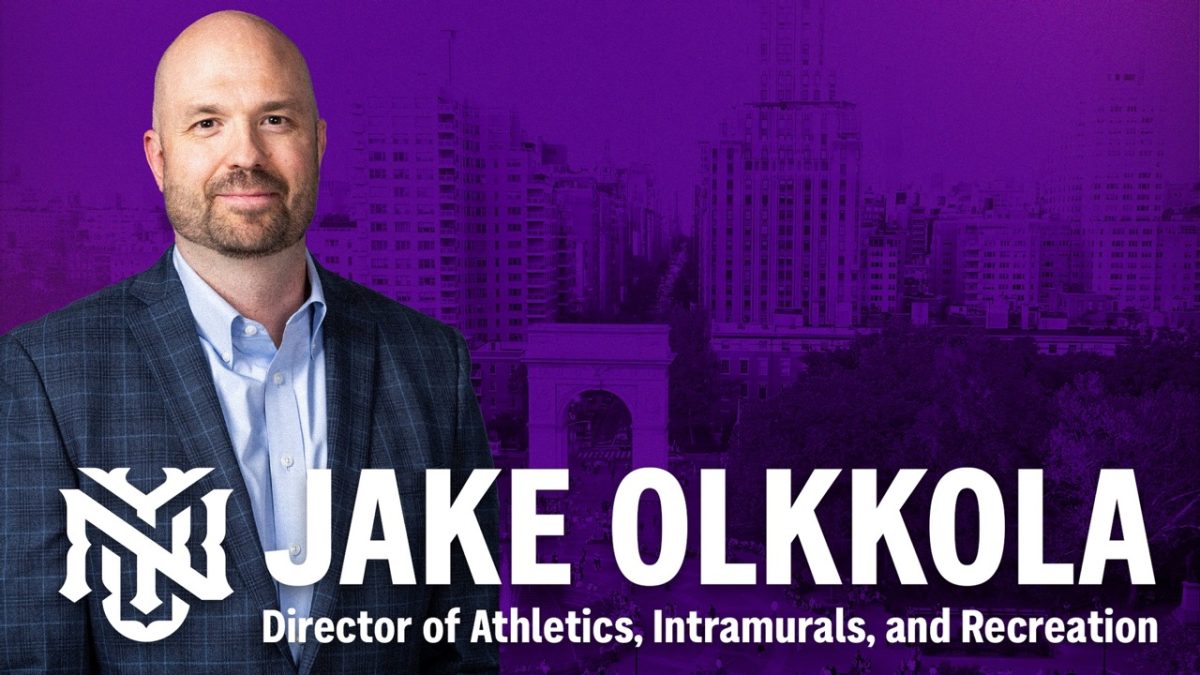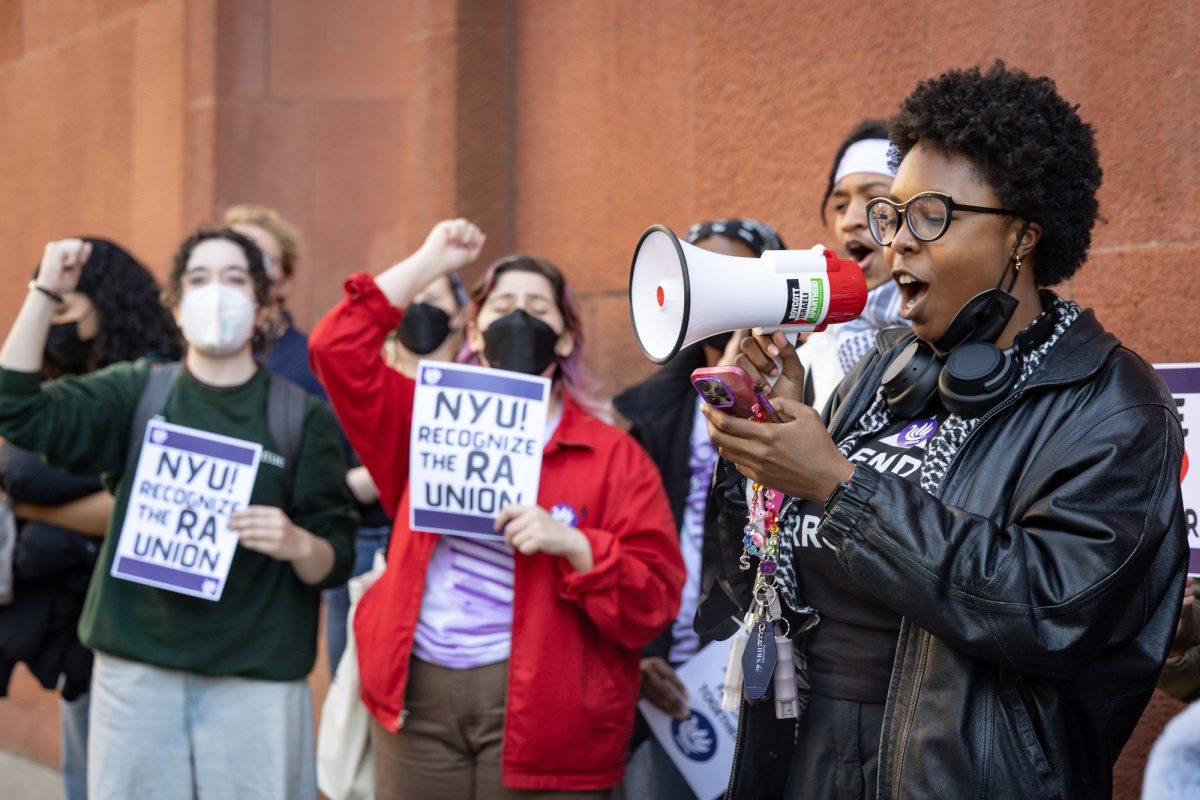A recent study that examined the effects of consistent yoga practice by children with autism found that completion of the Get Ready To Learn program led to positive behavioral changes. The study was conducted over six months at District 75’s P.S. 176 in the Bronx by NYU Steinhardt researcher Kristie Koenig, the developer of the GRTL program Anne Buckley-Reen and Koenig’s Ph.D. student Satvika Garg.
“Teachers rated kids with autism spectrum disorders, ASD, that received the yoga program significantly less aggressive with reduced hyperactivity and showed more social engagement as compared to kids with ASD that did not get the program,” Koenig said.
Yoga therapy took place before every school day for 16 weeks, and the researchers measured change with a pre- and post-test control group. According to the study, there were 24 children in the group that practiced yoga and 22 children in the control group, all of whom were between ages five and 12. GRTL is present in more than 500 classrooms in District 75 and is also present in 11 other states, according to an article published on the Steinhardt website.
“I wanted to research the effectiveness of the program in a more controlled, well-designed manner in order to assess its impact,” Koenig said.
Before the program began, teachers in the participating classrooms trained for two and a half hours with Buckley-Reen and were given instructional materials. Then they evaluated their students with the Aberrant Behavior Checklist-Community, which the study refers to as an outcome measure.
Andrew Getzfeld, an adjunct associate professor for the NYU Department of Psychology, emphasized the importance of non-language connection for children with autism. He raised issues with the randomness of the sample and the amount of training the teachers received.
Getzfeld said he would like to see more studies done with more teachers in different kinds of schools and with varying levels of teacher training.
“I tend to be in the school of skeptics,” Getzfeld said. “[I’d like] much more evidence that this works.”
The GRTL program began with setting up the room and establishing a quiet classroom before going through what they called “breathing exercises, physical postures and exercises, deep relaxation and chanting.” The exercises last for about 15 to 20 minutes.
“The study contributes to the evidence that this intervention can reduce behaviors that interfere with classroom performance,” Koenig said. “If administrators and teachers look at this research and consider the principle that movement is important to all children to help them focus, and may be especially true for kids with significant challenges, they can look to incorporating more programs like this as necessary support.”
Gallatin freshman Emma Spett, who takes yoga classes at Yoga to the People on St. Marks Place and whose mother teaches therapeutic horseback riding to children and adults with disabilities, said behavioral change and benefits can occur from “really anything that connects you with your own body and internalizes the external tension you feel that makes a real difference in behavior.”
“Yoga definitely benefits college students as well,” Spett said. “Yoga is amazing for relieving stress. There is something about dedicating an hour of time to your body that is so good for your mind.”
Emily Bell is a staff writer. Email her at [email protected].









































































































































